Rose Winchester Cathedral
A classic garden cannot do without English roses. They give the atmosphere of a plot intended for relaxation and aesthetic enjoyment with an ancient and romantic touch. The Winchester Cathedral variety is ideal for such a garden.
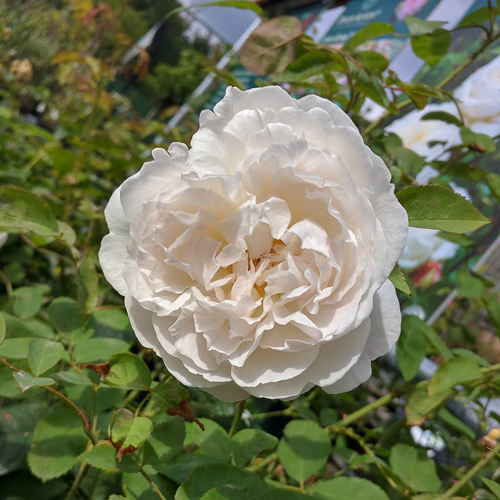
History of appearance
Our heroine has been known since 1988. It was created by British breeder David Austin and is considered the classic variety of English roses. The Winchester Cathedral cultivar is a bud mutation of the Mary Rose perennial, from which it differs only in the shade of the buds. Therefore, the English name of the flower sounds like White Mary Rose. The noble plant also has other names: Winchester, AUScat.
Description of appearance and features
The Englishwoman makes a very favorable impression. It is a powerful, spreading, branching bush with a height of 1 to 1.2 meters and a width of about 100 cm. Its strong shoots are practically devoid of thorns, and its bright green, dense, dense foliage has almost no shine. The flowers of the plant are formed on the tops of the stems one by one or in groups of 2-3 pieces each. They are snow-white, which is easy to guess from the alternative name of the White Mary Rose variety, without even waiting for the culture to enter the flowering phase or at least budding. Moreover, Winchester Cathedral bears the proud title of one of the best white varieties of English roses. Distinctive features of the densely double flowers of this ornamental shrub: medium size (7-10 cm in diameter), cupped shape, pleasant aroma. Its buds are round and reddish. Sometimes 1-2 pink inflorescences are seen among the boiling white flowers. This is not surprising, because the original variety, which became the progenitor of the British beauty, pleases the eye with just the same pink flowers. The fragrance exuded by the rose is sweetish, soft, with pronounced floral, honey and almond notes.
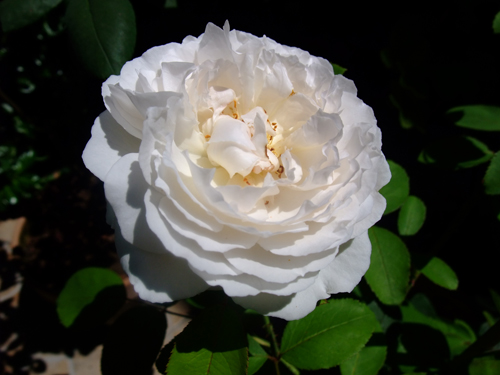
The noble plant blooms profusely, almost continuously, until late autumn. During this period, the rosebush looks very lush. This Austin creation is highly frost-resistant. Winchester Cathedral rarely suffers from powdery mildew and black spot. In the year of planting, the flowers that appear on the bush may have a slightly disheveled appearance. But their petals are not baked in the sun. Strong stems of the plant do not bend under the weight of flowers, therefore they do not need support and tying.
Growing and care
For a rose, you should choose a place flooded with light. However, it is important to avoid finding the decorative perennial in direct sunlight in the midst of a summer day, as this is fraught with the appearance of burns on the delicate, silky flower petals and even leaves. The plant is most comfortable in openwork penumbra, where coolness reigns. At the same time, the culture does not tolerate dampness and cold drafts - keep this in mind.
Winchester Cathedral is preferably planted in loose, nutrient-rich, fresh soil with a slightly acidic reaction. When using loamy soil, humus and peat are preliminarily introduced into it. Neutral soil is "corrected" by mixing with manure and all the same peat. The acidity level of the substrate can be reduced by adding wood ash to it. Planting work is carried out in spring or autumn. A hole is dug to a depth of about 60 cm and a similar width. A drainage layer is laid at the bottom of the hole, for example, from expanded clay. Its thickness should be approximately 10 cm. Then organic fertilizer is introduced into the pit, followed by a layer of soil. Only after that do they start planting roses. It is important to ensure that as a result, the root collar is 3 cm below ground level.
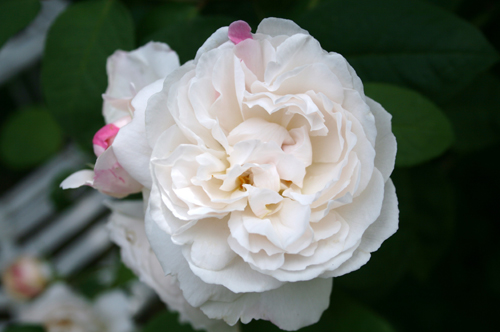
By the way, the soil under the flower must be moistened 1-2 times a week throughout the growing season. Watering should be abundant. Water for this procedure is used soft and pre-warmed in the sun. In August, watering is reduced, and in the fall it is completely stopped.After watering - just not immediately, but in a day - it would be good to loosen the soil under the bush, remove all weeds and fill the area of the trunk circle with mulch. Sawdust will perfectly cope with its role.
Particular attention should be paid to rose dressing. They are shown to ornamental shrubs from the second year of life. In the spring, organic fertilizers are applied under Winchester Cathedral. In the summer season, when buds are tied on the plant and flowering begins, preference is given to mineral concentrates. In the budding stage, it is not forbidden to additionally feed the British beauty with a mullein.
Perennial pruning should occur twice a year: in spring and autumn. The spring procedure consists in removing shoots from the bush that have not survived the winter. In order to give the crown a lush shape, it is recommended to shorten the main branches of the plant by 5-7 buds. In the fall, too long, as well as weak and diseased stems are subject to pruning. In addition, all remaining foliage is cut off from the bush. The next procedure after the autumn pruning is to cover the rose. The frost-resistant Winchester Cathedral can be insulated with spruce branches. But, growing a crop in northern latitudes, non-woven material can be used as a covering.
Use cases
The owner of lush white flowers looks wonderful on flower beds, in hedges, in mixborders, in group and mixed compositions. It is also grown as a standard crop. Landscape designers use this ornamental flowering plant for landscaping city parks, country gardens, squares, recreation areas. Companions for a charming British woman can be foxglove, delphinium, lavender, lupine, oak sage, liatris spikelet, loosestrife, gypsophila, bells. The classic is the combination of rose with geyhera, cuffs, geraniums, clematis. The combination of an Englishwoman with cereals looks incredibly airy. The white-headed beauty surrounded by blue cornflowers or forget-me-nots is very touching. Do not take away the nobility from the composition of the variety with conifers: thuja, juniper. The shrub is also planted alone on the lawn. The luxurious buds of Winchester Cathedral are good for cutting, as they stand in the water for a long time.


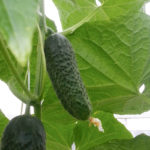
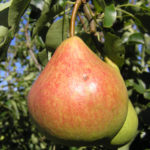
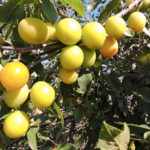
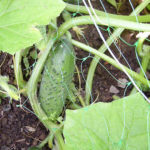



This rose is well known to me - it has been growing in my garden for over 10 years. In the first years after planting, I wanted to get rid of it - the bush grew vigorously, but did not indulge in flowering, the buds appeared only at the ends of the shoots and one at a time. In addition, the flowers did not last long - they flew around completely on the second day, so the bush looked "poor". But with age, the rose corrected itself - more buds began to be tied, the flowers became larger, the flowering was longer, and this transformation was helped by the fact that I learned how to cut the plant correctly - in the fall, before starting the shelter, I cut out weak shoots, and cut the remaining ones short into 5 - 6 buds.